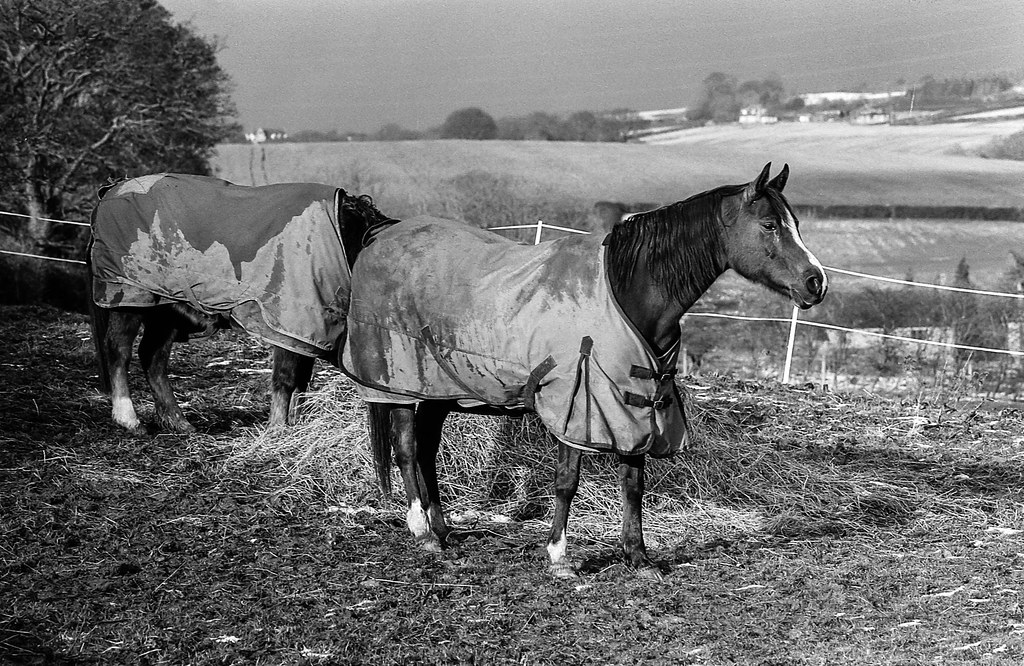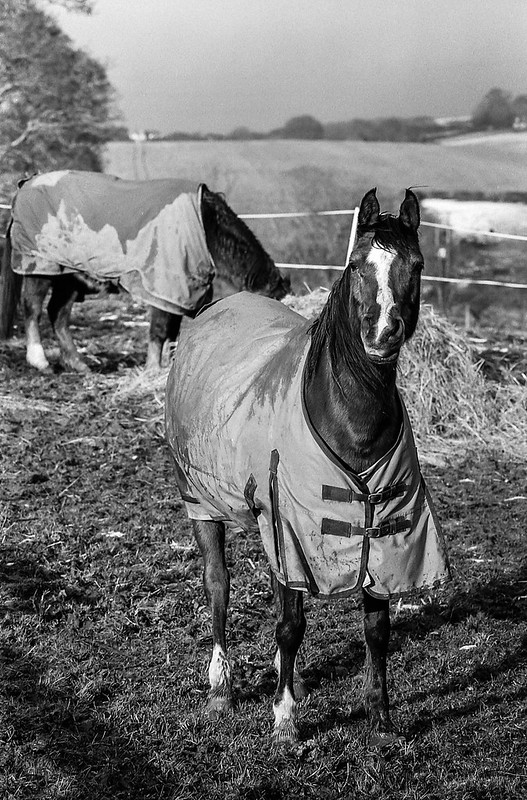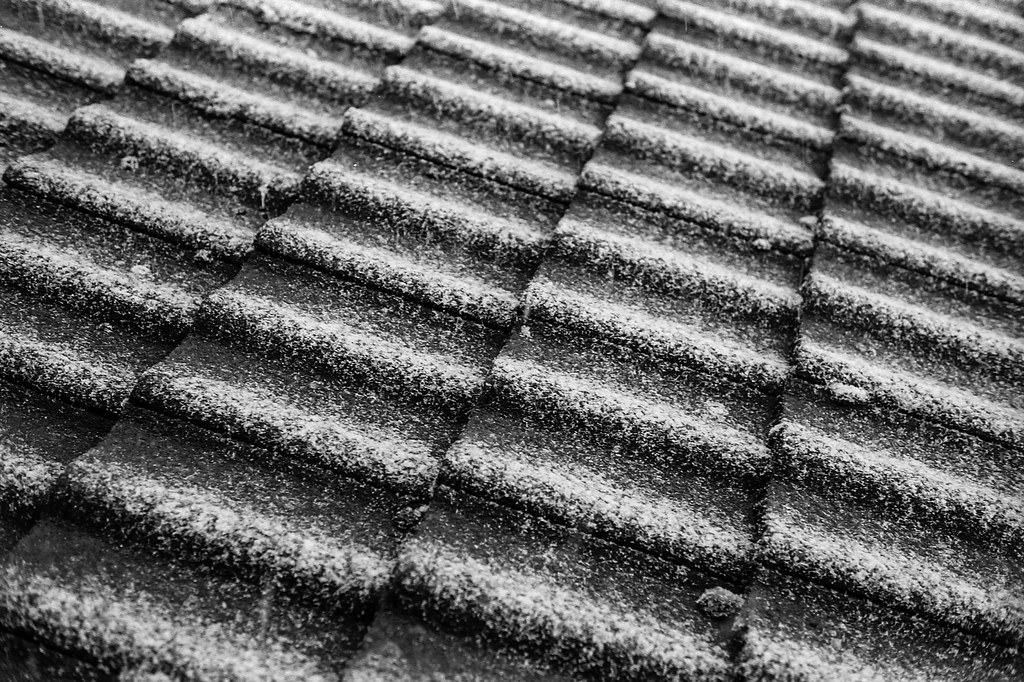- Messages
- 8,757
- Name
- John
- Edit My Images
- No
Lynton and Lynmouth, Devon
It just reminded me of Trevose Head, I swear the same bloke built the lot along that coast...lol

Lynton and Lynmouth, Devon

 img035 by Fraser White, on Flickr
img035 by Fraser White, on Flickr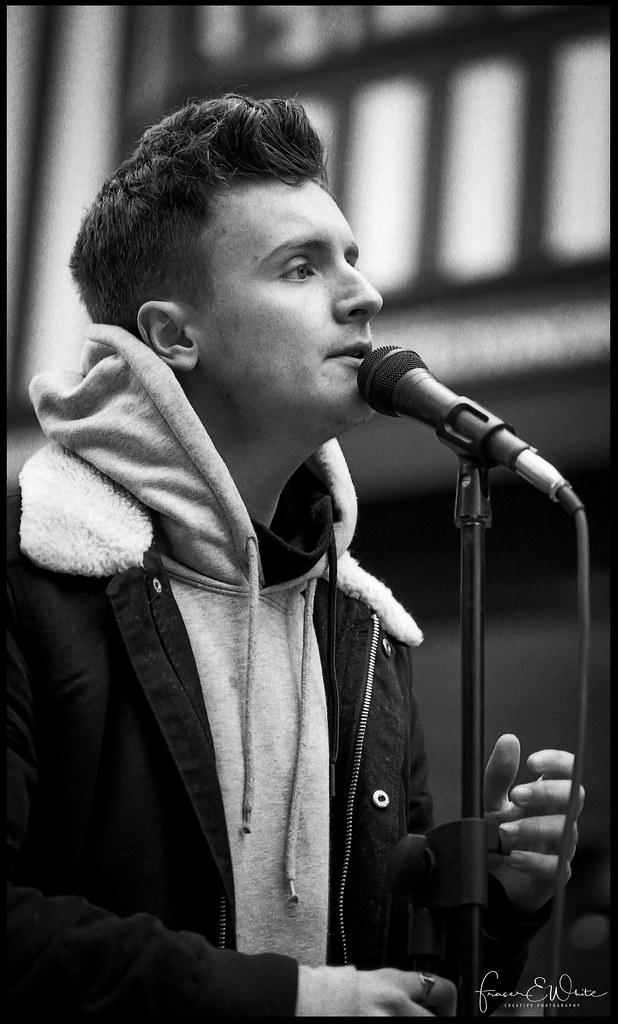 City Musician by Fraser White, on Flickr
City Musician by Fraser White, on Flickr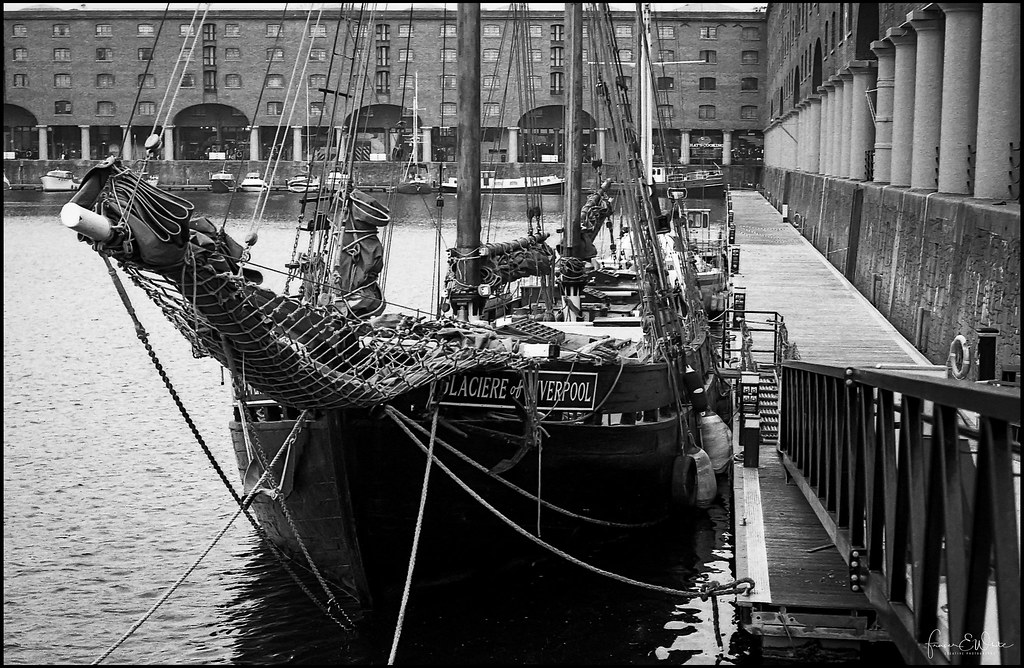 img024 by Fraser White, on Flickr
img024 by Fraser White, on Flickr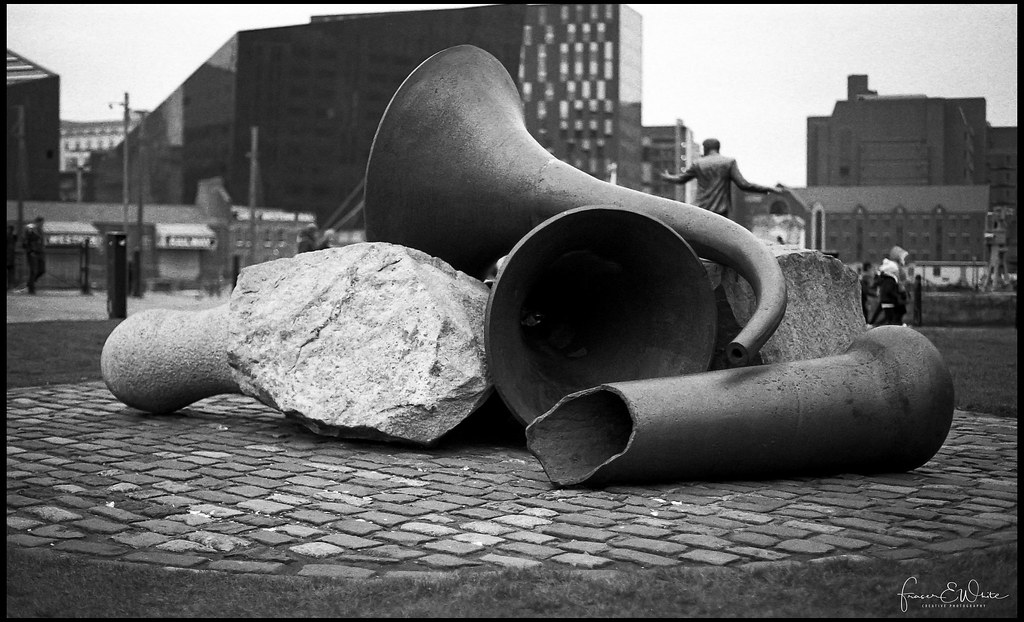 img022 by Fraser White, on Flickr
img022 by Fraser White, on Flickr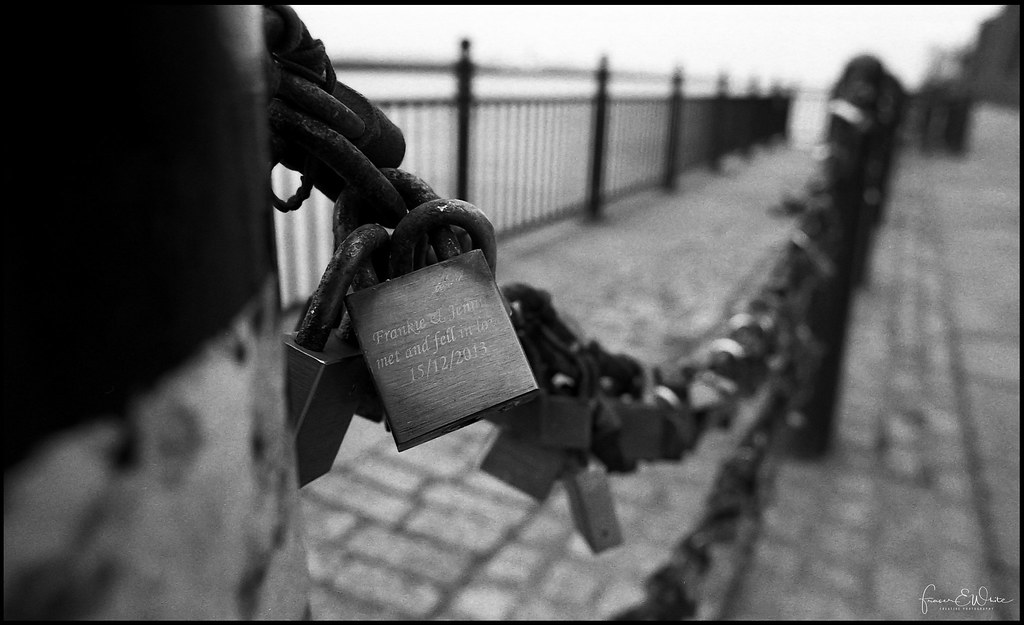 img021 by Fraser White, on Flickr
img021 by Fraser White, on Flickr img034 by Fraser White, on Flickr
img034 by Fraser White, on FlickrOoh, we're staying near there in June, looks interesting.

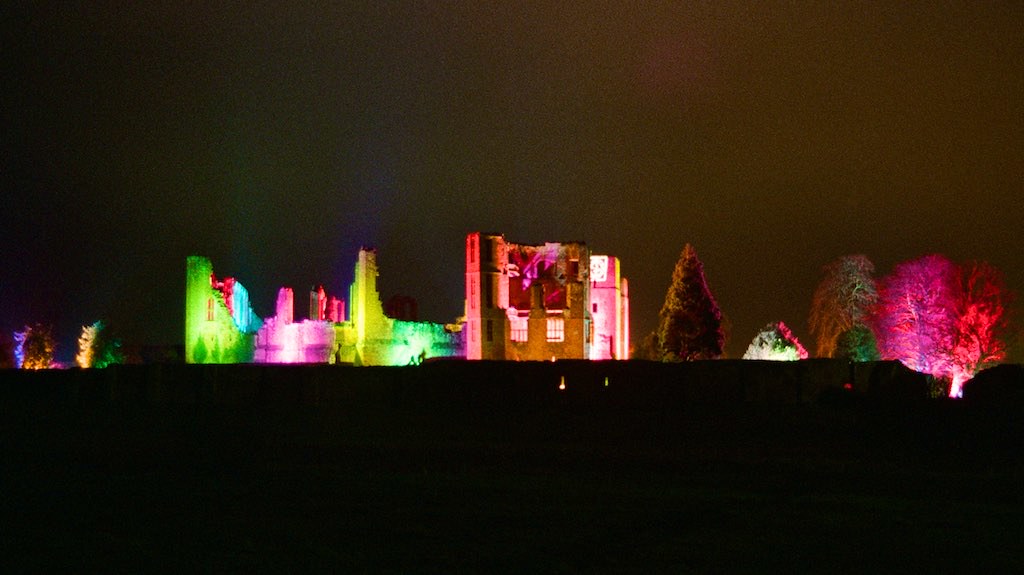 000100520011 by Chris R, on Flickr
000100520011 by Chris R, on Flickr 000100520015 by Chris R, on Flickr
000100520015 by Chris R, on Flickr 000100520024 by Chris R, on Flickr
000100520024 by Chris R, on Flickr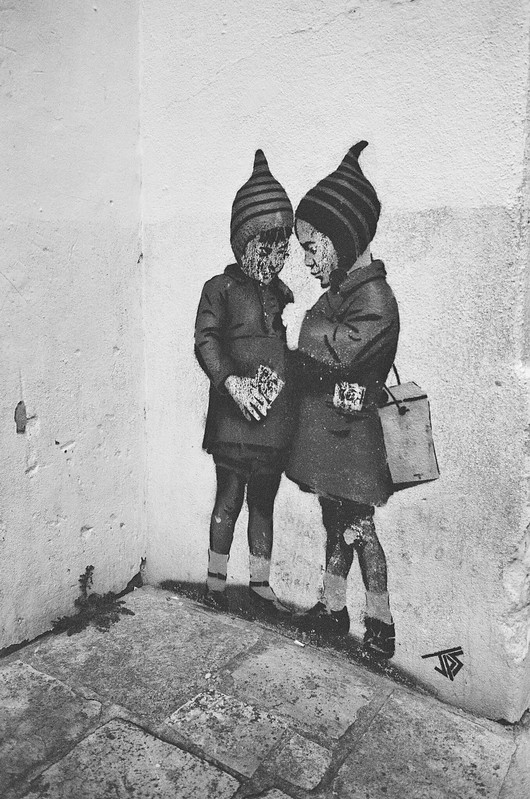 Chichester Street Art December 2017 by Anthony JC, on Flickr
Chichester Street Art December 2017 by Anthony JC, on Flickr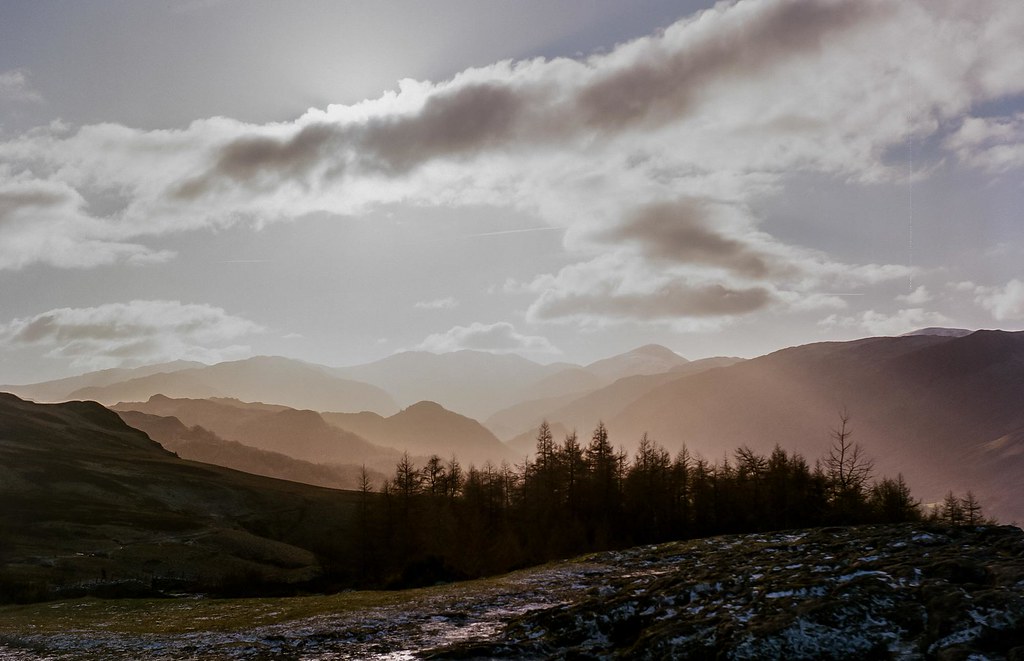 Toward-Castle-Crag by Andy, on Flickr
Toward-Castle-Crag by Andy, on Flickr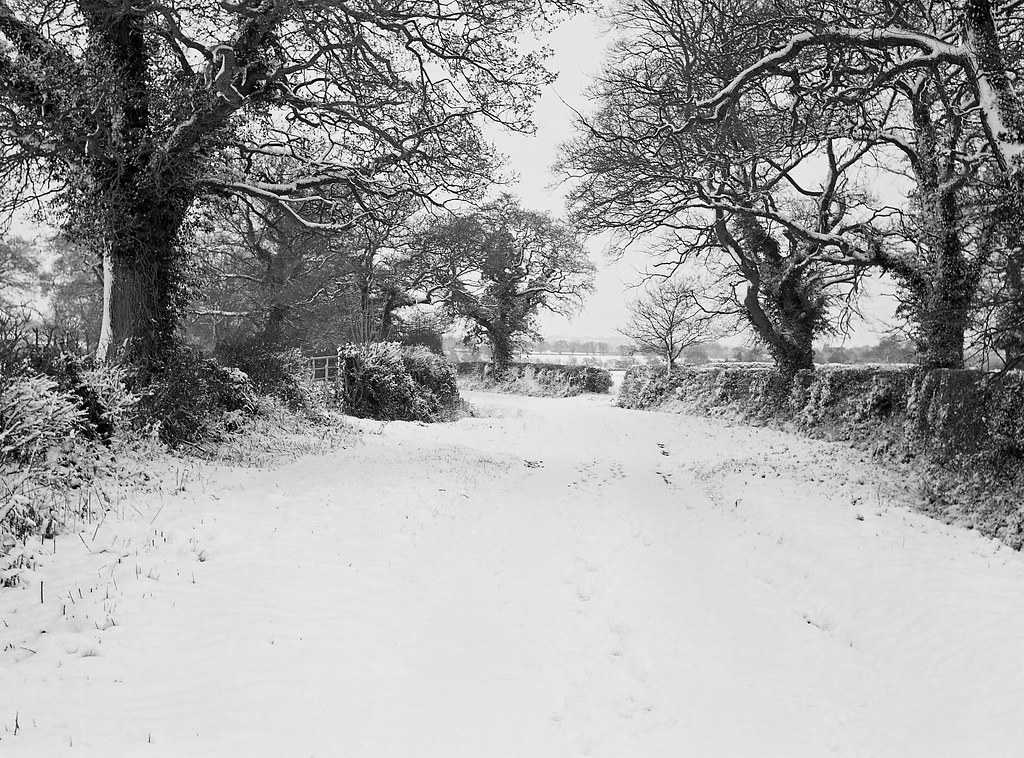 img765 by J White, on Flickr
img765 by J White, on FlickrLove this Andy - great lighting and moodI am constantly amazed at just how good the little Ross Ensign 16-20 is, an uncoated lens from 1950-something pointing straight into the sunlight in a package that fits into a coat pocket.
Toward-Castle-Crag by Andy, on Flickr


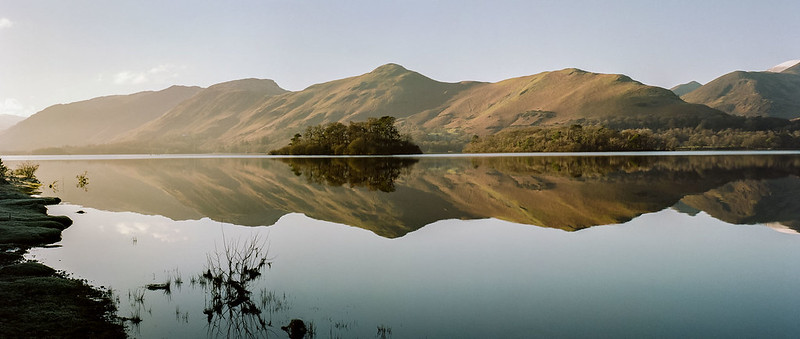 Catbells-Pano by Andy, on Flickr
Catbells-Pano by Andy, on FlickrAnd another from the Ross Ensign 16-20 (well 2 actually, stitched in PSE) on Kodak Portra 160. Looking across Derwent Water to Catbells, really wish I'd had this one available for the reflections month.
Catbells-Pano by Andy, on Flickr
That's a lovely shot, Andy. You'll be getting an Ensign Selfix 820 next!
Andy that is truely stunning I could easily see that on the wall.
Much too heavy, the 820 is a young man's game.
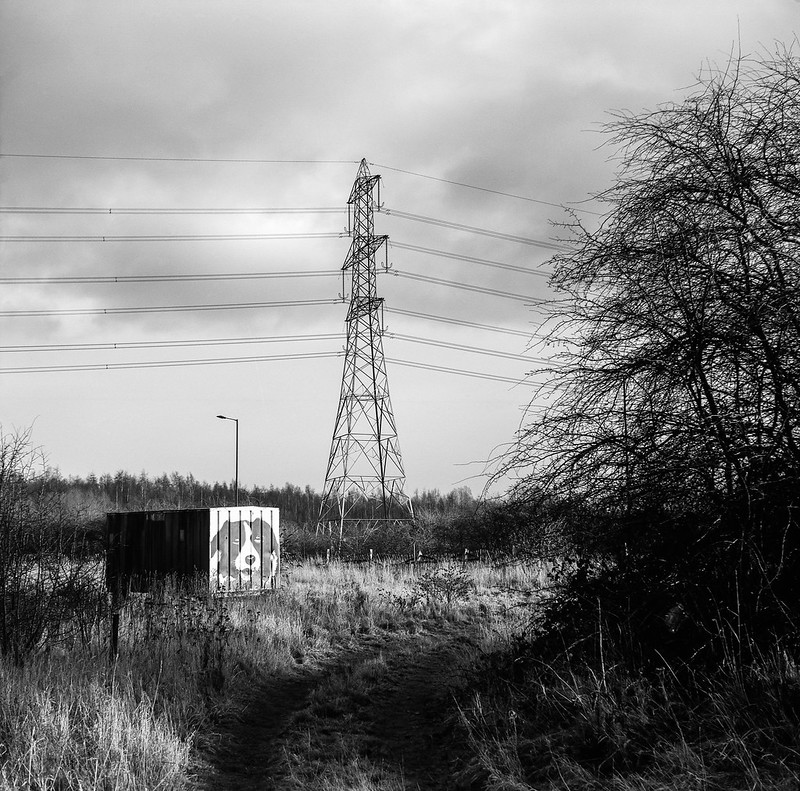

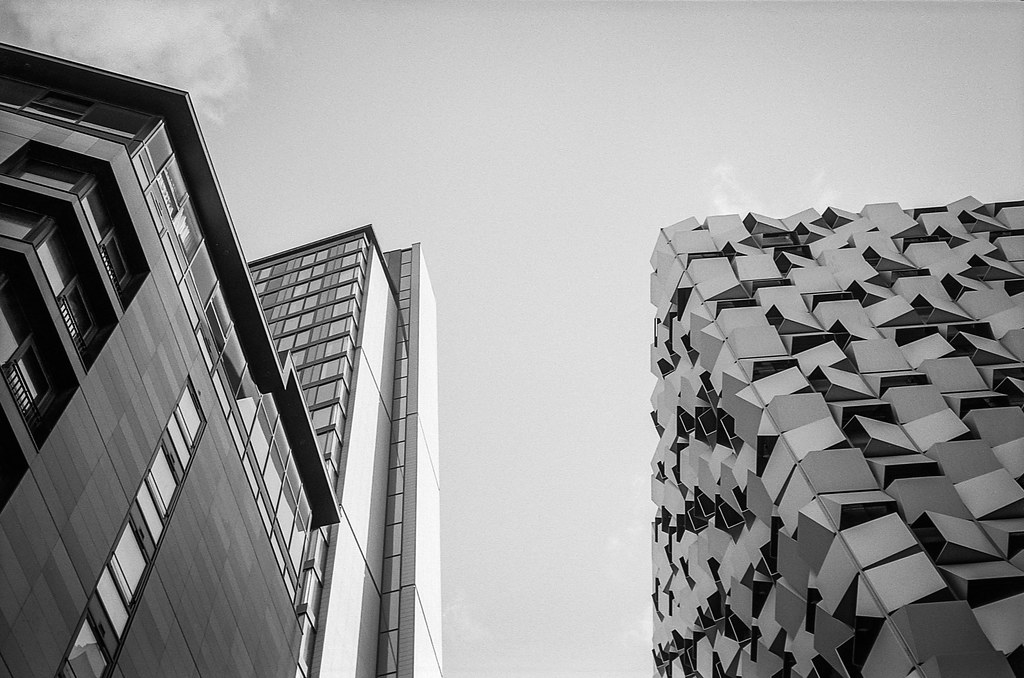
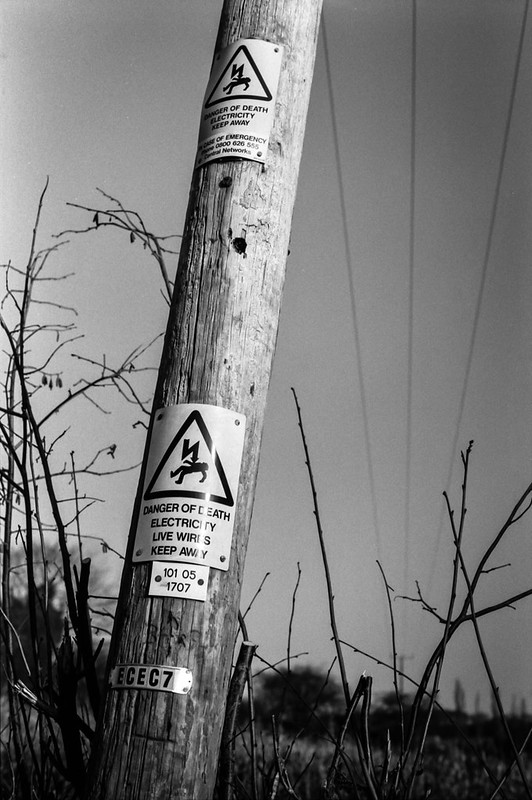
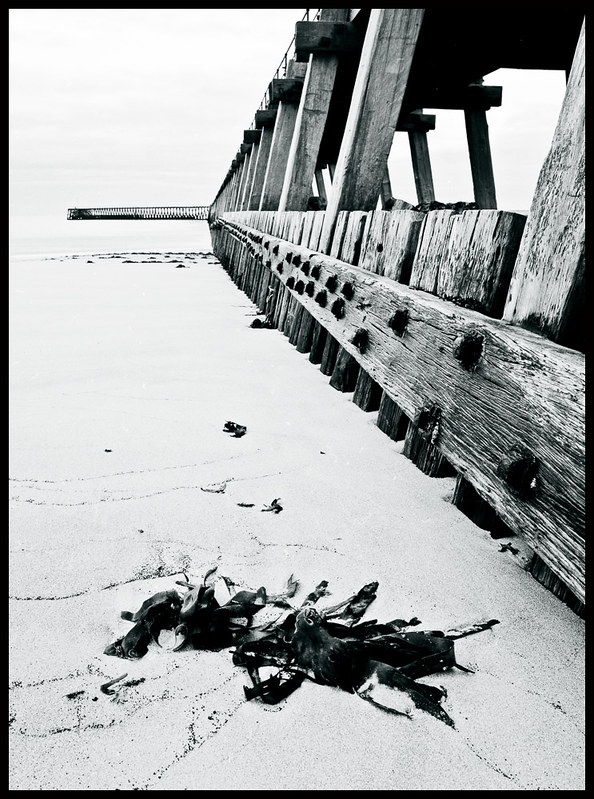
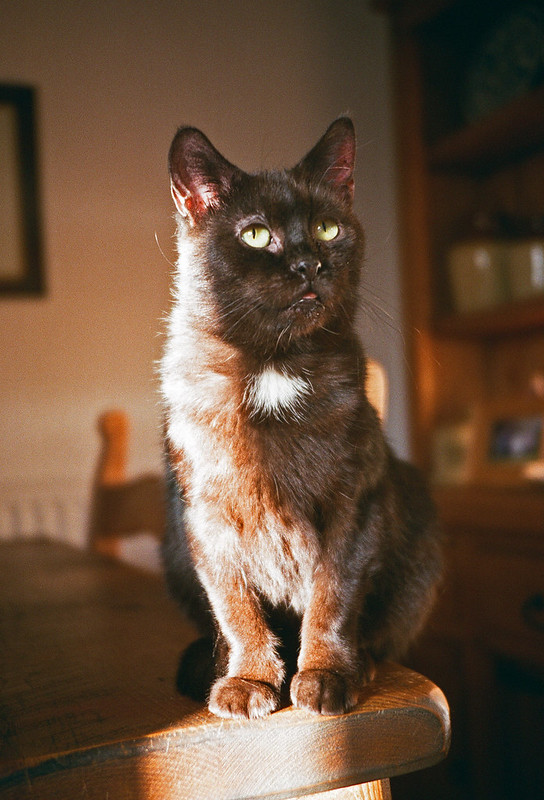 Kitty by J White, on Flickr
Kitty by J White, on Flickr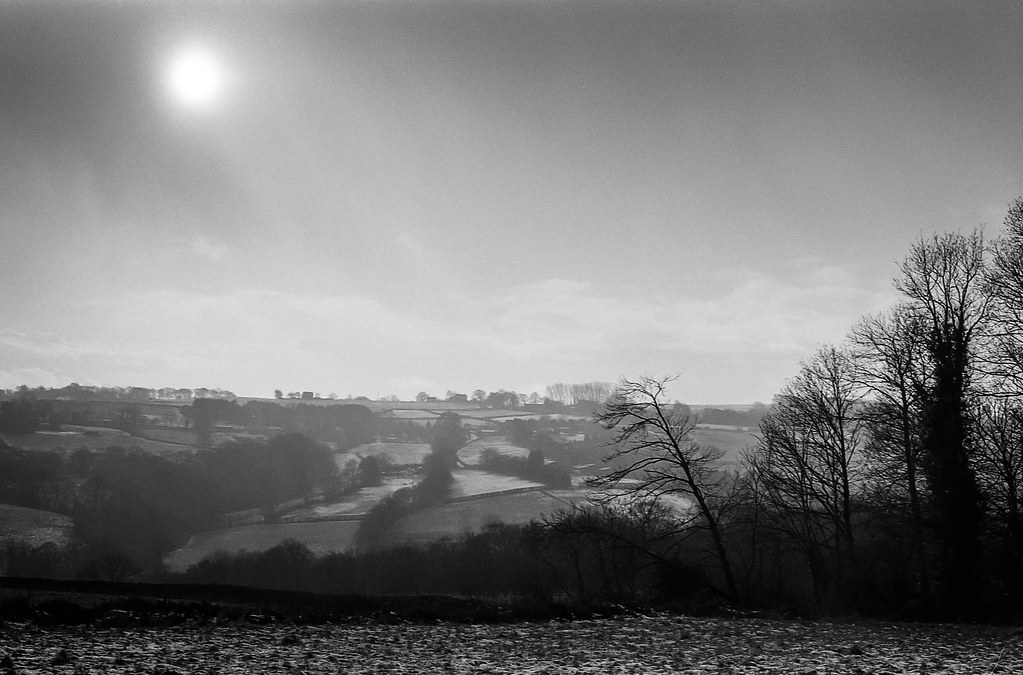
Is that first one a double exposure, or is the top of that mast translucent?
Lovely photos BTW.
And another from the Ross Ensign 16-20 (well 2 actually, stitched in PSE) on Kodak Portra 160. Looking across Derwent Water to Catbells, really wish I'd had this one available for the reflections month.
Catbells-Pano by Andy, on Flickr

